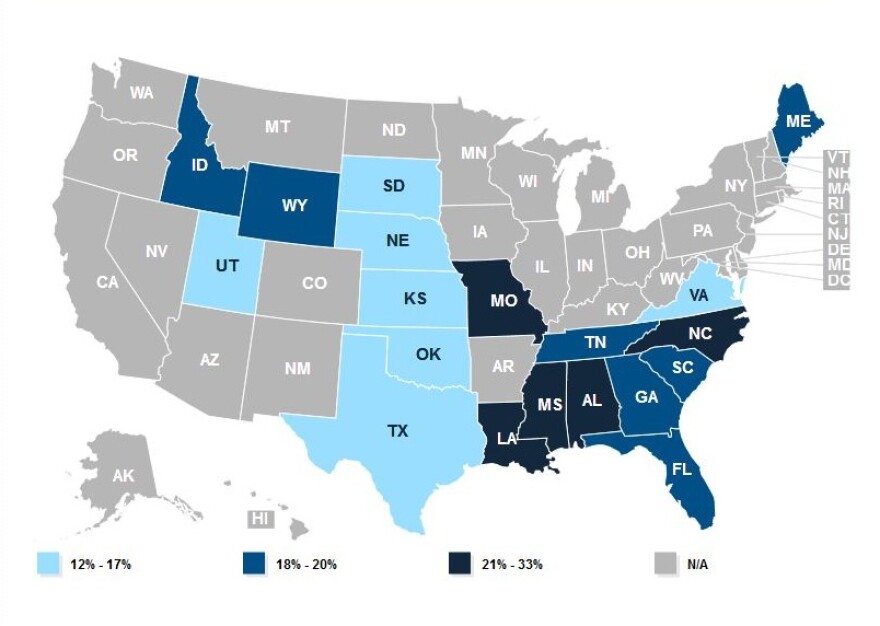According to a new Kaiser Family Foundation study, the 29 states that expanded Medicaid since the Affordable Care Act have – not surprisingly – witnessed increased enrollment and spending. Those states brought in new low-income enrollees that were not eligible before. In California alone, 3.4 million people were added to the state-run health insurance program.
But despite the uptick in Medicaid enrollment in those states, the cost of the program only went up by 3.4 percent. Compare that to a state like Idaho, where the legislature declined to open the program to low-income residents in 2013. Taken together, non-expansion states saw their Medicaid costs increase by twice as much – up 6.9 percent.
Even after the Affordable Care Act made it easier for Idahoans to get health insurance themselves in the marketplace, 18 percent of the population still falls into a coverage gap. Those people earn too much money to qualify for Medicaid, but not enough to get tax credits to help cover costs from the insurance exchange.
Follow reporter Frankie Barnhill on Twitter @FABarnhill
Copyright 2015 Boise State Public Radio




